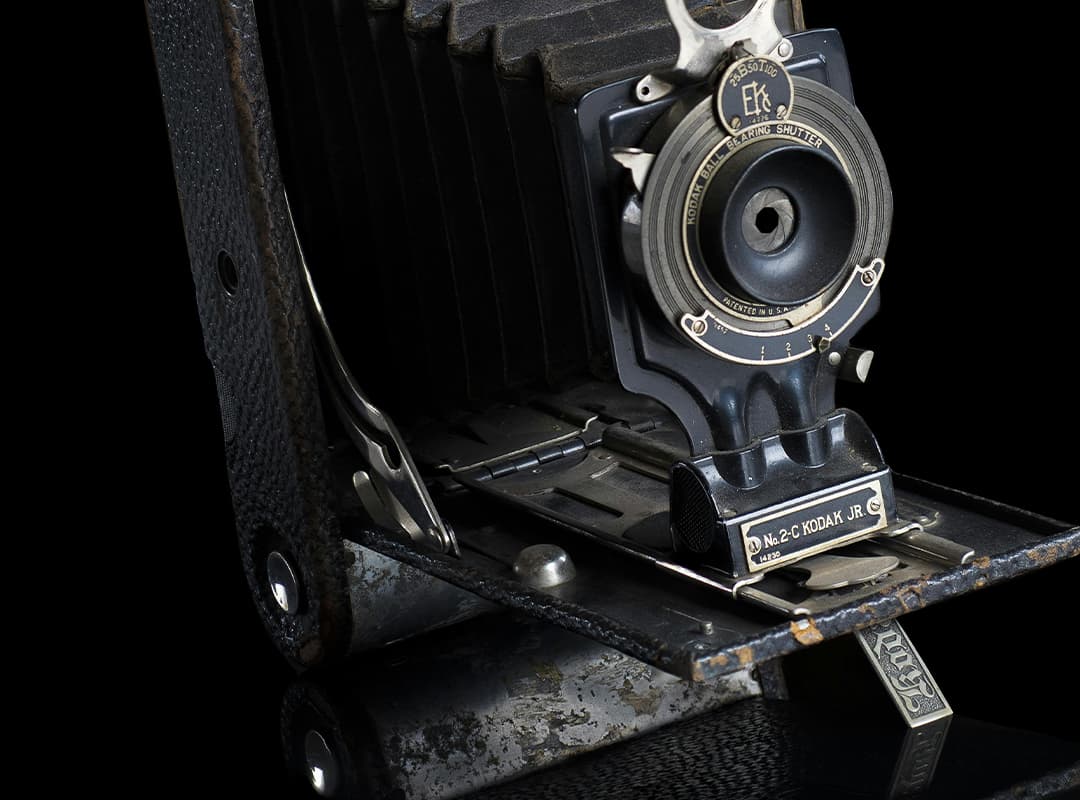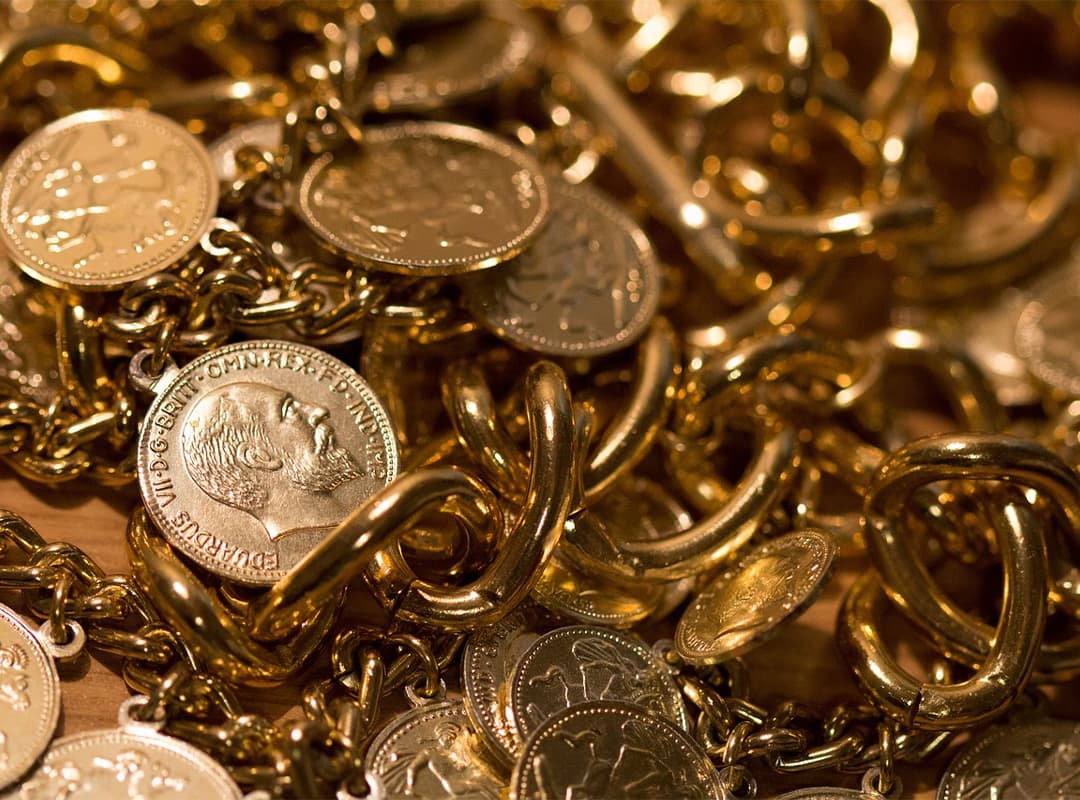Bimetallic artifacts have played a significant role in the history and culture of many societies around the world. From ancient coins to modern commemorative pieces, these items offer a fascinating glimpse into the economic, artistic, and social aspects of different cultures. In this article, we explore the importance of bimetallic artifacts across various cultures, highlighting notable examples such as the Pennsylvania 1787 quarter, coal scrip, and referencing auction62, a renowned platform for collectors.
Ancient Civilizations
The use of bimetallic artifacts dates back to ancient civilizations where they were often used for currency and decorative purposes. In ancient Rome, for example, bimetallic coins were minted with a combination of precious metals like gold and silver. These coins not only facilitated trade but also served as a display of wealth and power. The intricate designs and craftsmanship of these coins reflected the artistic capabilities of the time and provided insights into the culture and values of ancient societies.
Medieval Europe
During the medieval period, bimetallic artifacts continued to hold significant value. European kingdoms and empires produced bimetallic coins that featured a central core of one metal and an outer ring of another. These coins were used to signify different denominations and were often intricately designed to prevent counterfeiting. The use of bimetallic coins in medieval Europe also highlighted the importance of trade and commerce, as well as the evolving economic systems of the time.
The United States: The Pennsylvania 1787 Quarter
In the United States, one of the earliest examples of bimetallic coinage is the Pennsylvania 1787 quarter. This coin is a significant artifact from the early years of the United States and reflects the fledgling nation’s efforts to establish a stable and reliable currency system. The Pennsylvania 1787 quarter is highly sought after by collectors and often featured in auctions such as those hosted by auction62, where its historical significance and rarity are celebrated.
Industrial Era: Coal Scrip
During the industrial era, bimetallic artifacts took on new forms, such as coal scrip. Coal scrip was a type of token used by coal companies to pay workers, who could then use it to purchase goods at company-owned stores. These tokens were often bimetallic, combining metals like brass and copper. Coal scrip provides a unique insight into the economic and social conditions of industrial communities, particularly in the coal mining regions of the United States. Today, coal scrip is a popular collectible, valued for its historical context and the stories it tells about the lives of miners and their families.
Modern Times
In modern times, bimetallic coins and medals are used by many countries around the world for their durability and distinct appearance. Countries like Canada, the United Kingdom, and Mexico have issued bimetallic coins for regular circulation as well as for commemorative purposes. These modern bimetallic coins often feature advanced anti-counterfeiting measures and complex designs that reflect national heritage and important historical events.
Cultural Significance and Collecting
The cultural significance of bimetallic artifacts goes beyond their economic value. They serve as tangible connections to the past, offering insights into the technological advancements, artistic achievements, and socio-economic conditions of different cultures. Collectors around the world value bimetallic artifacts not only for their beauty and rarity but also for the stories they embody. Platforms like auction62 play a crucial role in bringing these artifacts to the attention of collectors and ensuring their preservation for future generations.
Bimetallic artifacts hold a unique place in the history and culture of many societies. From ancient coins to modern commemorative pieces, they reflect the technological, artistic, and economic advancements of their time. The Pennsylvania 1787 quarter and coal scrip are just two examples of how bimetallic artifacts have shaped and been shaped by the cultures that produced them. As collectors and enthusiasts continue to explore and preserve these items, the rich tapestry of human history woven through bimetallic artifacts remains alive and vibrant.



